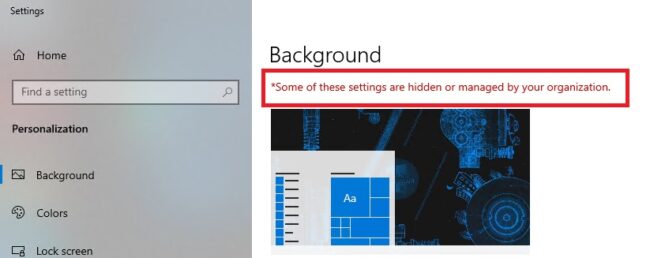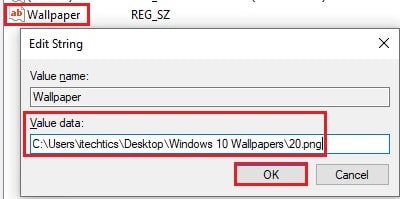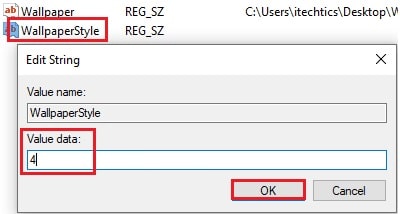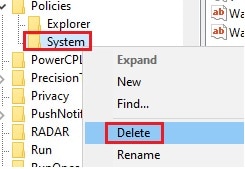According to Microsoft, there are currently around one billion devices running Windows 10 worldwide. Since Windows 10 comes with an unlimited trial, you can use it without activating it. However, Microsoft restricts some Windows settings until Windows is activated. These settings are mostly related to personalization.
One of the personalization options is changing of the Desktop wallpaper. You can’t change the Desktop wallpaper until you activate Windows with a valid product key. If you are part of a Windows domain, your system administrator may disable changing the wallpaper. In this article, we will show you how to change Windows 10 wallpaper without using the settings app.

Table of Contents
Set desktop background wallpaper using the Group Policy Editor
As we have repeatedly mentioned, the importance of the Group Policy Editor through most of our publications can also be used to perform the simplest of tasks, such as assigning a picture as your desktop background. Follow the steps below to see how to do so:
- Select the picture you wish to set as your desktop background and place it at a location of your choosing. You can also download the best HD wallpapers for Windows 10 from here.
- Launch the Group Policy Editor by typing in gpedit.msc in Run.
- Navigate to the following through the left pane:
User Configuration -> Administrative Templates -> Desktop -> Desktop
- Double-click Desktop Wallpaper on the right.

- In the Desktop Wallpaper window, select the Enabled radio button. Then, in the Options block, enter the path of the image you wish to set as your background wallpaper. Once done, select the Wallpaper style from the dropdown menu.

- Click on Apply and Ok.
- Now sign out of your account and sign back in to implement the changes.
You will now notice that your desktop background has been changed. If you wish to change it again, simply replace the path entered in the Group Policy Desktop Wallpaper. You can always set the same policy as Disabled or Not configured to reuse the Settings app to change your background.
Set desktop background wallpaper through the Registry Editor
You can also adopt this method to set your desktop backdrop. Note that the process involves manipulating Windows Registry. Therefore, it is recommended that you create a system backup before proceeding further.
- Launch the Registry Editor by typing in regedit in Run.
- Now navigate to the following through the left pane:
HKEY_Current_User -> Software -> Microsoft -> Windows -> CurrentVersion -> Policies - Right-click Policies, expand New, then click Key. Name this new Key as System.

- Now right-click System, expand New, then click String Value. Name this new String as Wallpaper.

- Double-click Wallpaper and enter the path to the image you want to set as the wallpaper under Value Data. Click on Ok when done.

- Now repeat step number 4. This time, name the String as WallpaperStyle.
- Double-click WallpaperStyle and set the associated Value Data according to the style you wish to set for it. Below are the numbers associated with the different styles.
- 0 – Center
- 1 – Tile
- 2 – Stretch
- 3 – Fit
- 4 – Fill
- 5 – Span

Click on Ok when done.
- Sign out of your account and sign back in for the changes to take effect.
You will notice that the desktop background would now have changed to the one you set. You can always change the background by changing the path given in Wallpaper Value Data or change its style by changing the Value Data number in the WallpaperStyle string.
If you wish to remove this wallpaper by deleting the System Key altogether.

Closing words
You can set up your desktop wallpaper through any of the 2 means shown so that other users of the same user might not be able to change it through the Settings app. Moreover, these methods can also be adopted if your Settings app has been corrupted.
